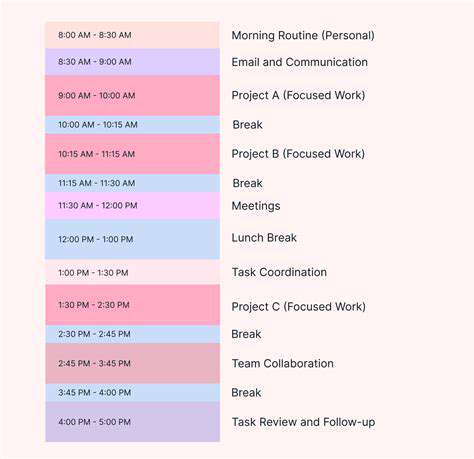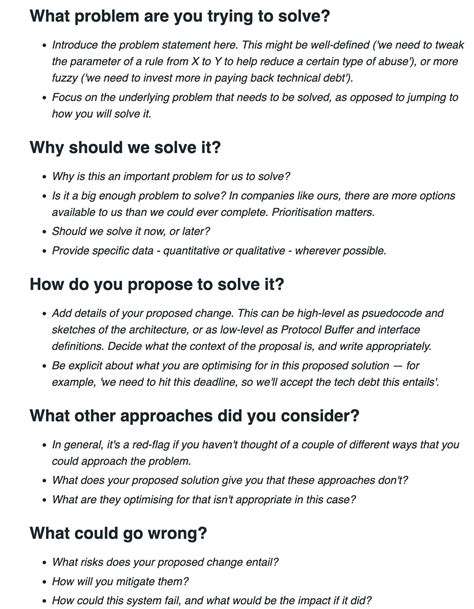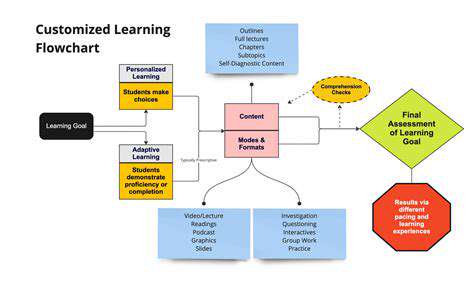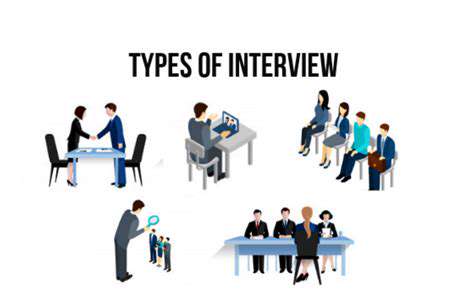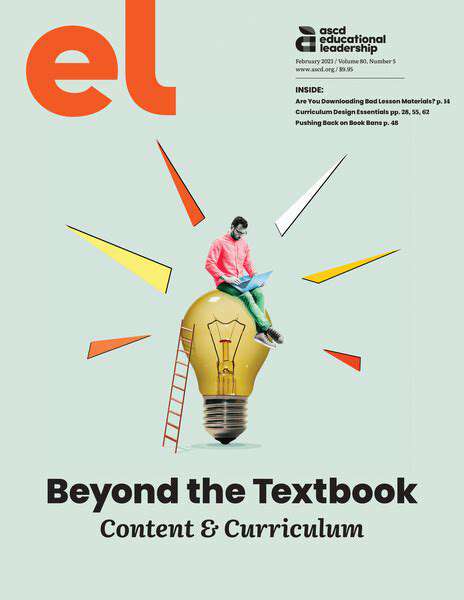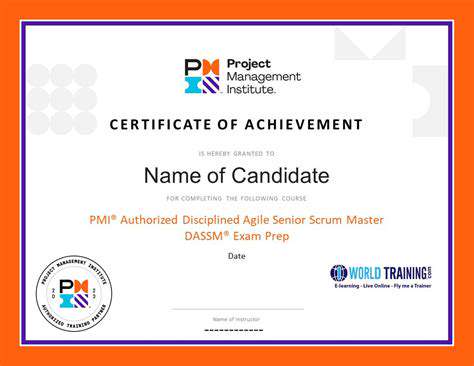How to Use Spaced Repetition for Memory
Imagine a learning method so effective it could transform how we retain information. Spaced repetition does exactly that by tapping into fundamental principles of how our brains process and store knowledge. Rather than cramming, this approach spaces out review sessions in a way that mirrors our natural forgetting patterns.
What makes this technique revolutionary is how it aligns with our brain's biological learning processes. Each time we successfully recall information at the point of nearly forgetting it, we create stronger neural connections. This isn't just memorization - it's building durable knowledge structures that stand the test of time.
The Power of Retrieval Practice
Active recall forms the beating heart of effective spaced repetition. When we force our brains to retrieve information rather than simply recognize it, we're doing the cognitive equivalent of weight training for memory. Studies show this effortful recall leads to retention rates up to 50% higher than passive review methods.
The discomfort of struggling to remember is actually the sweet spot for learning. This productive struggle triggers neurochemical processes that cement memories more firmly than easy, effortless review ever could.
Optimal Spacing Intervals
The magic of spaced repetition lies in its dynamic timing. Modern algorithms adapt to each learner's performance, shortening intervals for challenging material while extending them for well-mastered concepts. This personalization creates an efficient learning rhythm that maximizes retention while minimizing unnecessary review.
The Role of Feedback
Immediate feedback transforms spaced repetition from a passive review system into an active learning tool. When we know exactly what we remembered correctly and where we stumbled, we can focus our efforts precisely where they're needed most. This creates a virtuous cycle of improvement.
Quality feedback acts like a GPS for learning, constantly recalculating the optimal path to mastery. Without it, we're just guessing at what we know and what we don't.
The Application in Various Fields
From medical students memorizing thousands of anatomical terms to language learners acquiring vocabulary, spaced repetition proves its versatility. Even corporate trainers now use these principles to help employees retain complex procedures and compliance information.
The universal applicability of these principles makes them one of the most powerful tools in the lifelong learner's toolkit. Whether you're learning Mandarin or molecular biology, the same cognitive rules apply.
The Science of Forgetting
Forgetting isn't failure - it's a feature of our cognitive architecture. Spaced repetition works with this reality rather than against it. By timing reviews to occur just as forgetting begins, we reinforce memories at their most vulnerable moment.
This strategic reinforcement turns the forgetting curve from an enemy into an ally, using it as a guide for when to review rather than a measure of learning failure.
The Importance of Individual Variation
While the underlying science applies to everyone, the implementation must be personal. Some minds grasp abstract concepts quickly but struggle with facts, while others excel at memorization but need more time for comprehension. The best systems adapt to these differences.
Personalization isn't just helpful - it's essential for maximizing the benefits of spaced repetition. Cookie-cutter approaches waste precious cognitive resources on unnecessary review.
Choosing the Right Spaced Repetition Software
Understanding the Concept of Spaced Repetition
At its core, spaced repetition represents a paradigm shift in how we approach learning. Traditional methods focus on input - how much information we can expose ourselves to. Spaced repetition focuses on output - how well we can retrieve that information when needed. This subtle but profound difference explains its superior results.
The software's true value lies in its ability to handle the complex scheduling behind the scenes. While you focus on learning, sophisticated algorithms track your performance and adjust review timing with precision no human schedule could match.
Key Features to Look for in Spaced Repetition Software
Beyond basic scheduling, premium features separate exceptional tools from mediocre ones. Look for rich media support (images, audio, even video), detailed analytics dashboards, and cross-platform synchronization. The ability to create connections between related concepts can transform isolated facts into meaningful knowledge networks.
Advanced reporting features act as a learning microscope, revealing patterns in your strengths and weaknesses that would otherwise remain invisible.
Different Types of Spaced Repetition Software
The software landscape offers solutions for every need and budget. Some specialize in language learning with built-in dictionaries and pronunciation tools. Others serve researchers with LaTeX support and citation management. There are even industry-specific tools for fields like medicine or law.
Open-source options provide unparalleled customization for tech-savvy users, while turnkey solutions offer simplicity for those who just want to start learning.
Software for Different Learning Styles
Visual learners should prioritize tools with robust diagram support and color-coding options. Auditory learners benefit from text-to-speech features and audio recording capabilities. Kinesthetic learners might prefer apps with gesture-based controls or physical response options.
The best software doesn't just accommodate your learning style - it enhances it. Look for features that play to your natural strengths while gently stretching your less dominant modes.
Evaluating Software Based on Your Needs
Before committing to any platform, consider your specific use case. Medical students need different features than language learners. Professionals maintaining certifications have different requirements than hobbyists learning for pleasure. Be honest about your commitment level - ambitious plans often falter when faced with overly complex systems.
Integration with Existing Study Habits
The ideal software should feel like a natural extension of your current workflow, not a disruptive addition. Look for tools that offer browser extensions for easy web clipping, mobile apps for on-the-go review, and calendar integration to schedule sessions automatically.
Seamless integration dramatically increases the likelihood you'll stick with the system long enough to see real results. The best tool is the one you'll actually use consistently.
Implementing Spaced Repetition in Your Daily Routine

Optimizing Learning with Spaced Repetition
Making spaced repetition work requires more than good intentions - it demands smart implementation. Start small, perhaps with just 10-15 minutes daily, and let the habit grow naturally. The key is consistency, not marathon sessions.
Morning reviews capitalize on fresh mental energy, while evening sessions leverage sleep's memory consolidation benefits. Experiment to find your personal rhythm.
Choosing the Right Spaced Repetition System
Your system should fit your life, not the other way around. Busy professionals might prefer mobile-first apps that enable micro-sessions during commute times. Students might benefit from desktop applications with robust note-taking features. The right choice depends entirely on your context.
Effective Implementation Strategies
Pair your spaced repetition with existing habits - review flashcards with your morning coffee or during lunch breaks. Use notifications strategically as gentle reminders rather than nagging alarms. Most importantly, track your streaks to build momentum.
Small, daily investments compound into remarkable knowledge gains over time. The tortoise definitely beats the hare in the learning race.
Understanding the Science Behind Spaced Repetition
The neuroscience behind these techniques reveals why they work so well. Each successful recall triggers myelin production around relevant neural pathways, literally making the knowledge easier to access next time. Spacing takes advantage of our brain's natural consolidation processes during sleep.
Creating a Personalized Spaced Repetition Plan
Start by auditing your current knowledge gaps and learning goals. Be ruthlessly specific - learn Spanish is too vague; master 500 common conversational phrases is actionable. Build your review schedule around these concrete objectives, leaving room for adjustment as you progress.
Integrating Spaced Repetition into Daily Routine
The most successful practitioners make spaced repetition as habitual as brushing teeth. Designate physical spaces for review (a favorite chair, the morning train seat). Use environmental cues (a specific playlist, a particular coffee mug) to trigger your study mindset.
Ritualizing the process removes decision fatigue - you're not choosing whether to study, just following your established pattern.
Optimizing Your Spaced Repetition Strategy
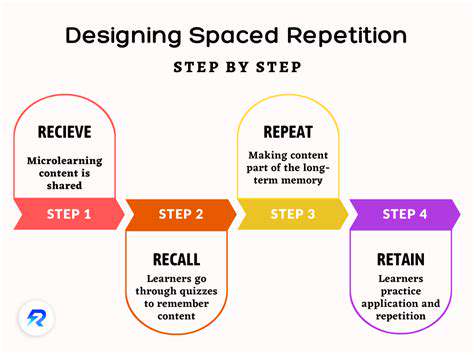
Spaced Repetition System Basics
Mastering SRS requires understanding both the science and the art of implementation. While algorithms handle timing, you control content quality. Well-crafted flashcards with clear, atomic pieces of information yield far better results than dense, complex cards.
The sweet spot lies between too easy (boring) and too hard (frustrating). Aim for that satisfying stretch where about 70-80% of recalls feel challenging but achievable.
Choosing the Right Spaced Repetition Software
Beyond features, consider community and support. Active user forums can provide card templates, usage tips, and troubleshooting help. Some platforms offer pre-made decks for common subjects - these can provide excellent starting points or inspiration for your own creations.
Optimizing Your Study Sessions
Quality trumps quantity every time. Twenty minutes of focused, distraction-free review beats an hour of multitasking. Use techniques like the Pomodoro method to maintain concentration. Regularly prune your card deck - remove mastered items and refine unclear ones.
Periodic reflection on your process yields continuous improvement. What's working? What's not? Small tweaks can lead to major efficiency gains over time.
![Best Online Writing Courses [Fiction & Non Fiction]](/static/images/32/2025-04/StayingMotivatedandConsistent3ASustainingYourWritingJourney.jpg)
